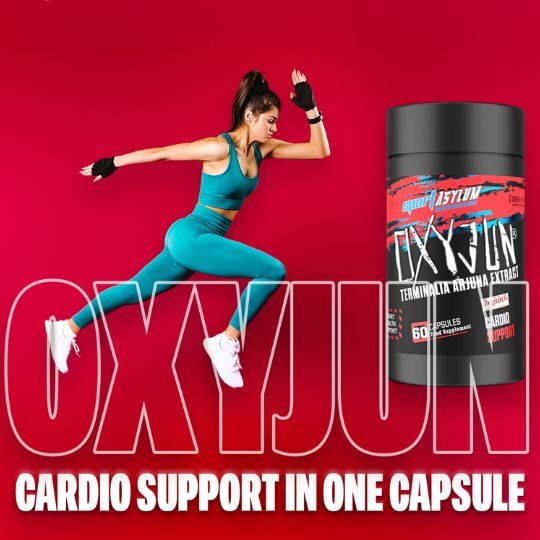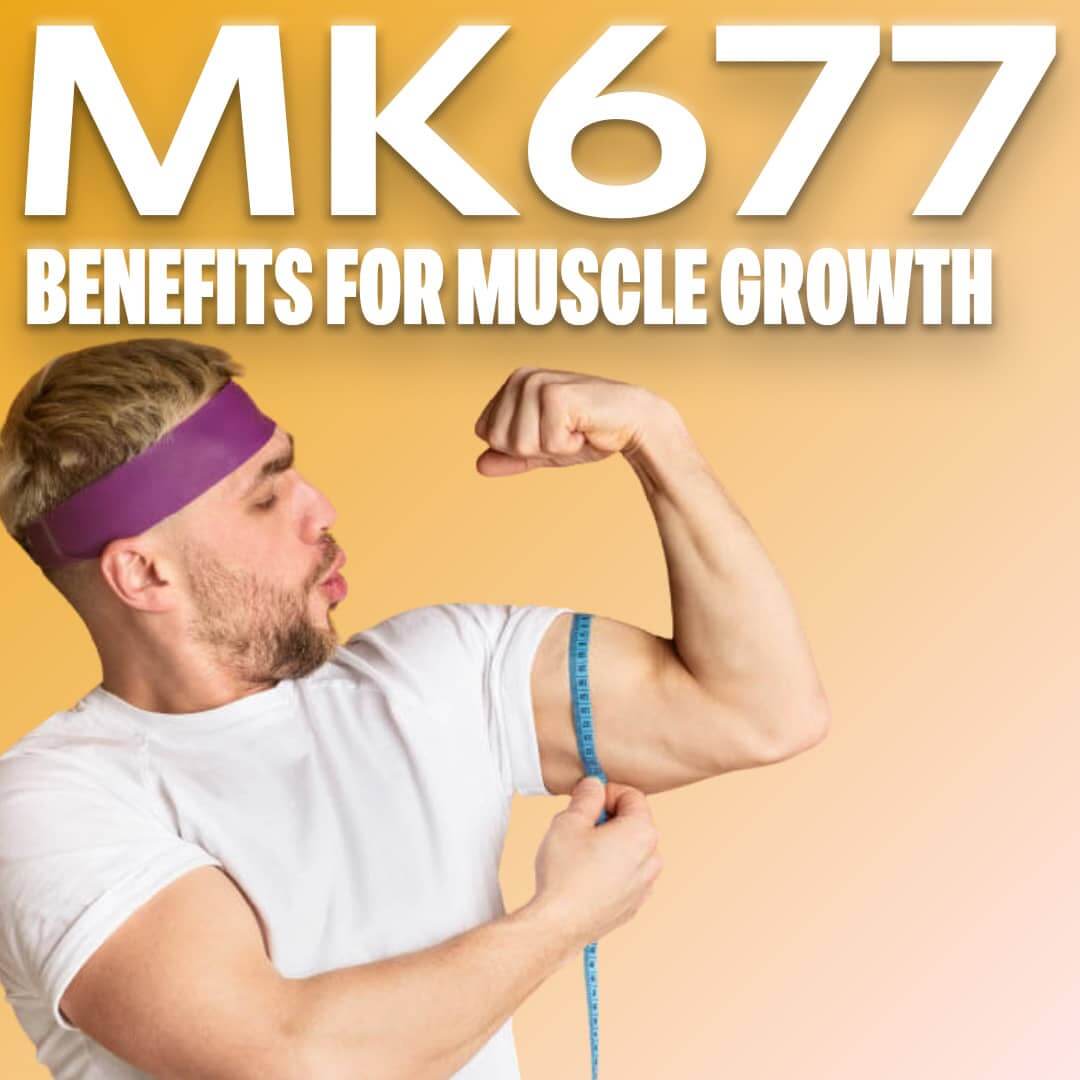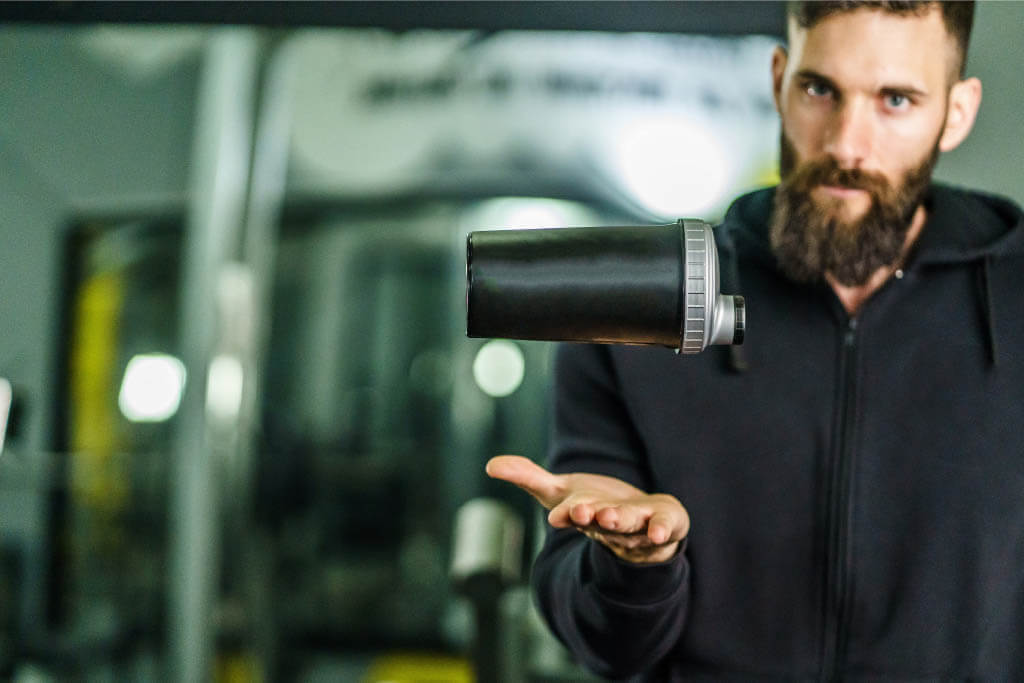When it comes to building muscle, there’s no shortage of advice floating around. From intense workout routines to rigid diets and advanced supplementation, everyone has their own theory on what works best. But what’s the real secret to muscle growth? And where do SARMs (Selective Androgen Receptor Modulators) fit into the picture? Let’s dive into the science, debunk the myths, and uncover how SARMs might support your muscle-building journey.
Advice & Tips
It’s the primary goal of many athletes, bodybuilders, and fitness enthusiasts who seek to enhance their physique and performance. Achieving hypertrophy requires a combination of proper training, nutrition, and supplementation. This article dives deep into the science of hypertrophy and explores effective supplements from JustSARMs.com to maximize your gains.
When it comes to fat loss, the age-old debate between cardio and weight training remains a hot topic in fitness circles. Both have unique benefits, but the key to achieving your fat-loss goals lies in understanding how they work and how to combine them effectively. In this article, we’ll explore the pros and cons of cardio and weights for fat loss and recommend science-backed supplements from JustSARMs.com to help accelerate your results.
For centuries, it has been revered as a natural remedy for cardiovascular and other health issues. Modern science is now corroborating its age-old benefits, with the extract of Terminalia arjuna bark (OXYJUN) emerging as a potent natural supplement for overall wellness. This article explores the benefits of Terminalia arjuna extract and its role in promoting a healthy lifestyle.
MK677 is a promising compound for enhancing muscle growth, fat loss, and overall health. Its ability to stimulate growth hormone and IGF-1 secretion has significant implications for muscle mass, strength, and recovery. Additionally, MK677 shows potential in improving sleep, cognitive function, and even bone health.
Tongkat Ali (Eurycoma longifolia) is a herbal supplement known for its potential to enhance testosterone levels, energy, libido, and overall health. The effectiveness of Tongkat Ali depends on its timing, dosage, and how it is integrated into your daily routine. Here's an overview of the best times to take it and how to maximize its benefits:
In the world of fitness supplements, creatine and turkesterone have gained significant attention for their potential to boost performance and muscle growth. But which one is better? This comparison will break down their benefits, mechanisms, and safety to help you make an informed choice.
Creatine is one of the most popular and well-researched supplements in the fitness world. But is it really worth taking? This article explores its benefits, dosage, timing, and duration to help you make an informed decision.







